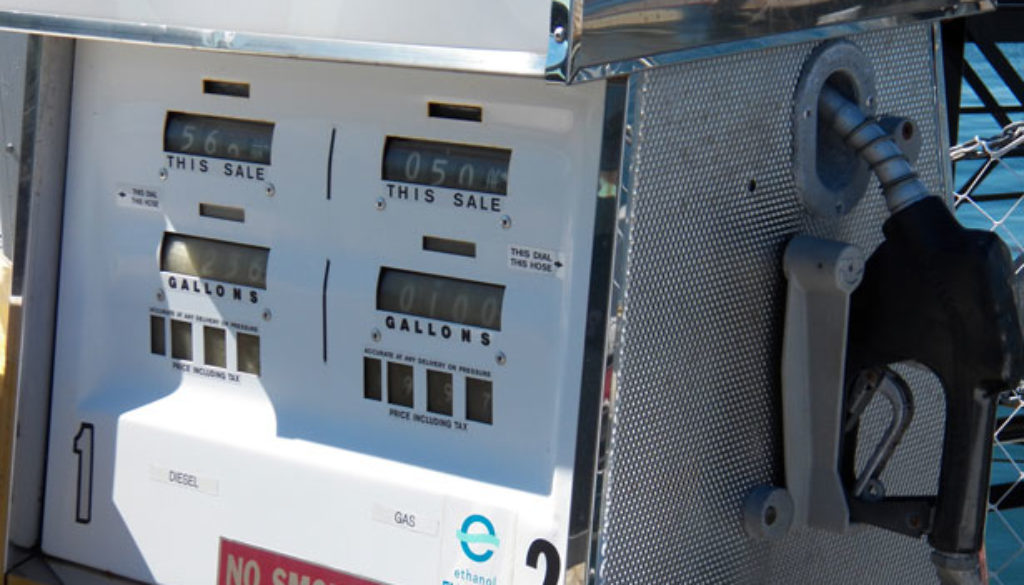Correcting the Record on Fuel Economy Standards
By Jason Kuruvilla, Consumers Union
Automakers and regulators are on track to significantly improve fuel economy for passenger cars and trucks by 2025. Last month, the Environmental Protection Agency and the National Highway Transportation Safety Administration issued a technical report that looked at the technologies automakers might use to meet the 2025 fuel economy standards. The report found that:
- Automakers are developing and deploying new technologies at significantly faster rates and scale than previously anticipated, including improvements to engine start/stop, continuously variable transmissions, high compression engines, and 48-volt batteries, among other technologies;
- The costs of these technologies are expected to be similar or slightly lower than initially anticipated;
- Automakers can meet the standards primarily through advancements to traditional gasoline engines, with limited deployment of newer hybrid, all-electric or plug-in electric engines; and
- Automakers are over-complying with today’s standards while experiencing record sales and record profits.
The push for higher fuel economy is supported by large majorities of Americans, according to a recent survey by Consumers Union. In fact 84% of Americans believe automakers should continue to improve fuel economy for all vehicles and 70% support federal efforts to mandate higher fuel economy standards.
Despite this progress and consumer demand for greater efficiency, a number of auto industry groups are pushing back on the standards, arguing that the standards are too difficult to meet. Some industry representatives have consistently misstated the program’s requirements, leading to confusing news reports that reinforce the industry’s message.
Below we take a look at several recent quotes and statements from auto industry representatives. Using the Genius annotation tool, we attempt to clarify some of the more misleading statements. Click on the highlights below to see how Consumers Union is correcting the record.
Fuel Economy Standards Are Reasonable and Achievable, but Industry Says…
Auto Alliance Statement following the release of EPA’s Technical Assessment Report
“Getting the midterm review analysis right is crucial for everyone. Given changes in the market landscape, it will be a daunting challenge to meet the very aggressive requirements of the 2022-2025 federal fuel economy and greenhouse gas rule.”
Bloomberg, Aug 2
Automakers say they’re already straining to meet U.S. fuel economy targets, and a couple of years of low gas prices are driving consumers toward trucks and SUVs and away from hybrids and electric cars.
Fuel Economy Standards Save Consumers Money, but Industry Says…
AutoWeek, July 19
The Alliance of Automobile Manufacturers, a trade group for 12 carmakers and the Detroit 3, said in a statement that “excessive regulatory costs could impact both consumers and the employees who produce these vehicles.”
Changing the target fuel economy figure reflects consumer demand, the alliance said. “The government is acknowledging the effect of factors like low gas prices on consumer sales, and the impact of consumer sales on those targets,” it said.
Autoblog, Aug 3
The NADA’s regulatory affairs chairman and the president of a Chrysler dealer group in Jackson, Michigan, Wes Lutz, spoke out against the fuel economy goal. He said his concern was that requiring automakers to meet such a high standard will make cars too expensive for the average consumer.
“Every car, every truck, every SUV could soon be $5,000 more expensive than it is today,” Lutz said about the requirements’ possible effect.
Detroit Free Press, Aug 2
One of the central issues the auto industry frequently raises is whether or not consumers will be willing, or able, to buy the vehicles that the government is mandating. Automakers say they likely will be able to develop the technology needed to meet tougher standards, but they could cost as much as $5,000 more than comparable cars.
[Mitch] Bainwol said a survey conducted by the Alliance revealed that only 7% of consumers said they would spend $5,000 more for a vehicle while 70% of consumers said they would pay $2,000 or less.
Fuel Economy Standards Already Accommodate SUVs and Trucks, but Industry Says…
Reuters, July 18
“Given changes in the market landscape, it will be a daunting challenge to meet the very aggressive requirements of the 2022-2025 federal fuel economy and greenhouse gas rule,” said Gloria Bergquist, a spokeswoman for the Alliance of Automobile Manufacturers.
For instance, cars have an average requirement of 45 mpg by 2025 while larger vehicles like trucks and SUVS have an average requirement of 32 mpg by the same year.
Automotive News, Aug 8
“Technology isn’t what drives the auto industry, and neither is regulation,” Lutz said. “What drives the auto industry is the consumer.”
When the rules were first set out over 4 years ago, automakers expressed support and cooperation to meet the goals of the fuel economy program. In the years since, they have met and in many cases exceeded, those standards – all while experiencing record sales and profits. Given the benefits improving fuel efficiency has on consumers and the nation broadly, we hope automakers continue their progress to make cars cleaner and more cost-effective for consumers. The first step would be to show their support for the program and turn away from inaccurate statements about the fuel economy program.

